This lecture will explain "Cubism," an art movement that had a major impact on the history of Western art in the 20th century.
We will introduce how Picasso's style of painting was born, as well as other painters who led Cubism with him and helped it grow into a major art movement.
What is Cubism?
Overview of Cubism
Cubism is an artistic movement created by two Parisian painters, Picasso and Braque, in the early 20th century.
Their characteristic style, in which motifs are painted in a disjointed manner, was born from their innovative technique of painting identical objects seen from various angles on a single sheet of paper. The name "cubism" is derived from the English word "cubeism," which refers to a style of painting in which complexly shaped human figures and other motifs are broken down into the geometric form of a cube and then reassembled.
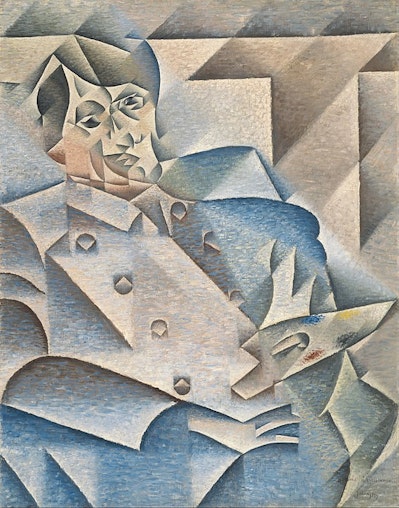
Juan Gris, "Portrait of Picasso," 1912, The Art Institute of Chicago
Influence of Paul Cézanne
Cubism began with Picasso's "Daughters of Avignon" in 1907.
At first glance, the painting may seem like a totally silly child's doodle. In fact, when Picasso showed it to a very few close acquaintances - artists such as Matisse, Braque, and Derain - they were offended and worried that Picasso might hang himself.
But in fact, "Daughters of Avignon" was an innovative work inspired by the work of Paul Cézanne.
Cézanne (1839 - 1906), also known as the father of modern painting, was a painter who emphasized "form" in his paintings.
The generation of impressionist painters that preceded Cézanne rebelled against the realistic depictions and narrative history paintings of the past, painting ephemeral, shifting, everyday scenes with a phenomenal, rough touch.
Cézanne, in contrast, stuck to simple motifs in his still lifes, such as a desk, an apple, and his native mountain range, and tried to depict the robust structure inherent in each.
In this effort, Cézanne invented the technique of depicting the same object seen from different perspectives in a single painting.
In the work below, the position of the front edge of the desk, which is divided by a large flowing cloth placed in the center of the painting, is clearly inconsistent between the left and right sides. This is not simply a case of poor sketching, but a conscious editing based on the belief that "painting, after all, is also a flat pattern.
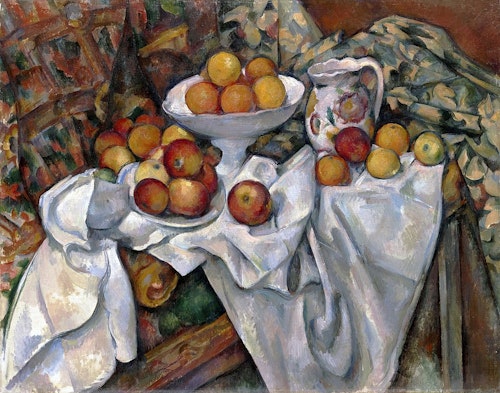
Paul Cézanne, Still Life with Apples and Oranges, c. 1899, Musée d'Orsay
Five Representative Cubist Painters
Pablo Picasso
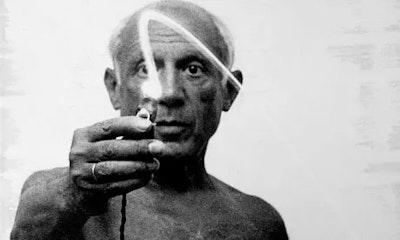
Picasso (1881 - 1973) more fully embraces Cézanne's ideas as described above.
In Cézanne's work, each object still retains its original form, and one may not notice the recomposition of multiple perspectives unless one carefully observes the work.
However, in Picasso's work, the deformed forms of people and objects are no longer joined together, and a scene that is completely different from the real world rises up.
Cézanne's belief that "painting is, after all, a flat pattern" was expressed in the way he "saw nature as cylinders, spheres, and cones.
The cube, simplified and recaptured by Cézanne as a set of three geometric solids, was, from Picasso's perspective, one type of cube that could be further recaptured. In this way, cubism may be described as a monism of form.
Georges Braque
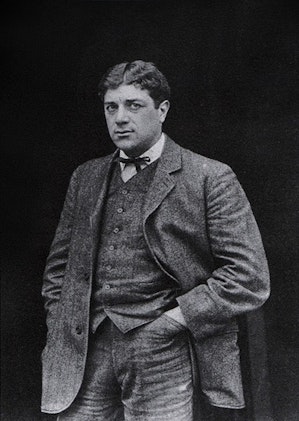
Braque (1882 - 1963) first thought Picasso's "Daughters of Avignon" was ridiculous, but he soon recognized its innovation and followed suit by incorporating it into his own style.
Braque went on a sketching trip to the Estaque region, a region associated with Cézanne, and painted seven "Cézannean cubist" works, including "The House in Estaque," which was exhibited in 1908.
After seeing Braque's exhibition, art critic Louis Vauxcell wrote in a newspaper, "Braque reduces everything to a cube," which is said to be the origin of the name "cubism.
The following year, in 1909, Picasso and Braque began jointly studying cubism, and some of the works produced around 1911 are so similar that even experts have difficulty distinguishing whether they were painted by Picasso or Braque.
Compared to Picasso, Braque produced more multifaceted still-life paintings, and painted with a technique known as "analytic cubism," in which he suppressed color.
Fernand Léger
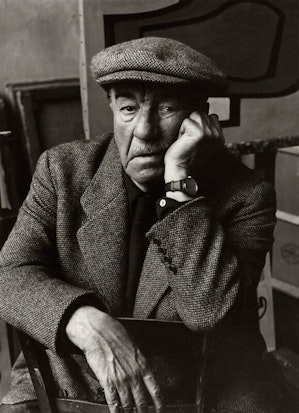
Léger (1881 - 1955) was one of the young painters who was shocked by Cézanne's retrospective exhibition at the Salon d'Automne in Paris in 1907 and was forced to change his previous style of painting.
He put Cézanne's principle of "seeing nature as cylinders, spheres, and cones" into practice in a variety of ways, producing paintings that reconstructed motifs mainly using cylinders. For this reason, Léger's work at this time was sometimes derided as "cubism" ("T "ubism).
Gradually, he moved away from cubism and developed his own style, which could be described as a further development of cubism.
%2C_oil_on_canvas%2C_171.2_x_240.9_cm%2C_Kunstmuseum_Basel.jpg?w=600&h=428)
Fernand Léger, Mother and Child, 1922, Kunstmuseum Basel
Jean Metzinger
Born in Nantes, France, Jean Metzinger was also a student of Matisse's Fauvisme before embarking on a Cubist style, and in 1913 he published a book on Cubist theory entitled "On Cubism," and was known as a theorist.
Metzinger's works are rich in color and design, and he distinguished himself from the founders of Cubism, such as Picasso and Braque, who painted mainly in brown and other restrained colors. He also reverted to a figurative style at one point in his career, and his paintings are characterized by their relatively easy-to-read quality.
Therefore, while he is credited with popularizing the work of Cubism with his catchy colors, he has also been criticized for having degenerated Cubism into a decorative style. He is an artist rarely introduced in Japan.
%2C_129.7_x_96.68_cm%2C_Carnegie_Museum_of_Art.jpg?w=400&h=533)
Jean Metzinger, Man Smoking Cigarettes, ca. 1913, Carnegie Museum of Art
Juan Gris
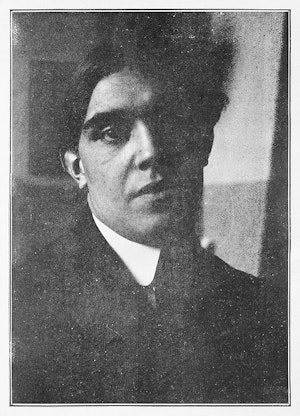
Juan Gris (1887 - 1927), also known as "the third founder of cubism," was a Madrid-born painter.
He lived near the studios of Picasso and Braque and was greatly influenced by them.
In his paintings, he based his work on the fine division of the picture plane, one of the most important characteristics of cubism, and consciously used a lot of golden sections and color inversions in his compositions, indicating that he valued theory as well as appearance and feeling.
Like Metzinger, his paintings are characterized by relatively colorful colors and compositions in which the motifs are easy to read.
Even after Picasso, Braque, and others left cubism, he continued to work as a cubist for the rest of his life.
Three representative works of Cubism
Daughters of Avignon (1907)
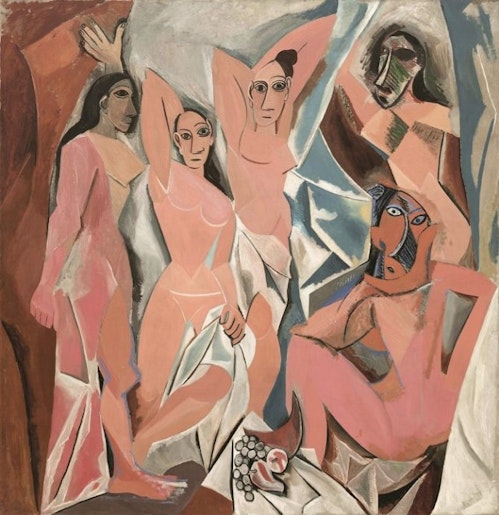
Pablo Picasso, Daughters of Avignon, 1907, Museum of Modern Art (MoMA), New York
This ambitious work was the genesis of cubism.
It depicts five women who worked at a brothel on Avignon Street in Barcelona at the time.
In this work, the tradition of perspective in Western art is thoroughly disregarded, and instead, the painting is rendered as a flat plane, which Picasso learned from Cézanne, and in the form of mask sculpture, which Picasso adopted from African art.
It may be said that this is the first work of cubism and the most cubist of all.
Estac's House (1908)
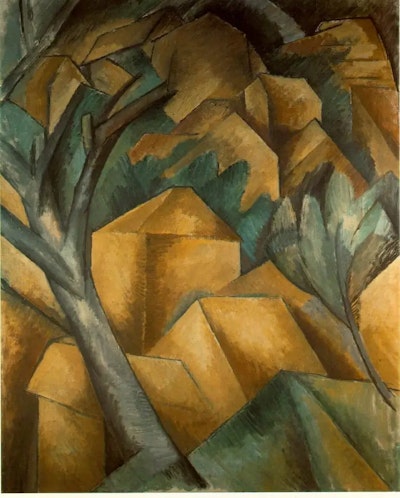
Georges Braque, House in Estaque, 1908, Kunstmuseum Bern.
Braque painted this landscape in the Estac region, a region associated with Cézanne.
Cézanne himself frequently painted landscapes, and he may have wanted to draw inspiration from that landscape, which he depicted as a simple geometric figure.
Violin and Checkerboard (1913)
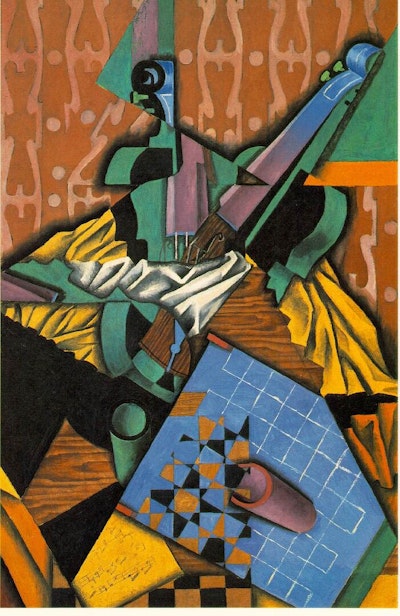
Juan Gris, Violin and Checkerboard, 1913, private collection.
This work is full of colorful colors and a sense of design. It can be said that this work also follows a very Cubist style, with the use of the silhouette of the violin and the coloring of the checkerboard, as well as the fragmented elements of sheet music. Grice's work is sometimes referred to as "comprehensive cubism" within cubism.
Three book guides to learn more about cubism
A History of Cubist Art: 20th Century Western Art and the New Reality
Written by Hiromi Matsui
View on Amazon
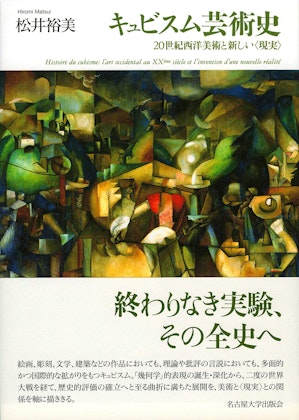
Written by Serge Fauchereau, translated by Eiko Sawa
See on Amazon
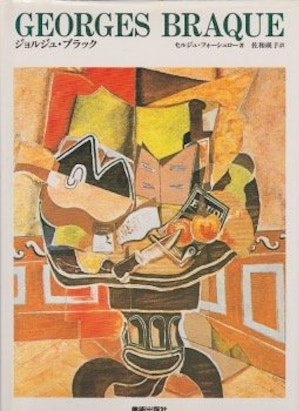
Written by Pierre Cabannes, translated by Takao Nakamura
View on Amazon

See TRiCERA ART's latest works
TRiCERA ART members enjoy a wide range of privileges and preferences.
- Discounts, including members-only secret sales and coupons
- Create your own collection by registering your favorite artists
- Receive updates on popular artists, exhibitions, and events
- Receive a weekly newsletter with selected art
- Personal Assessment to find out what kind of art you like.
Please register for free to receive the latest information.
Free Membership Registration
For TRiCERA inquiries, please contact us here
If you have any questions about TRiCERA, please feel free to contact us from our official LINE.